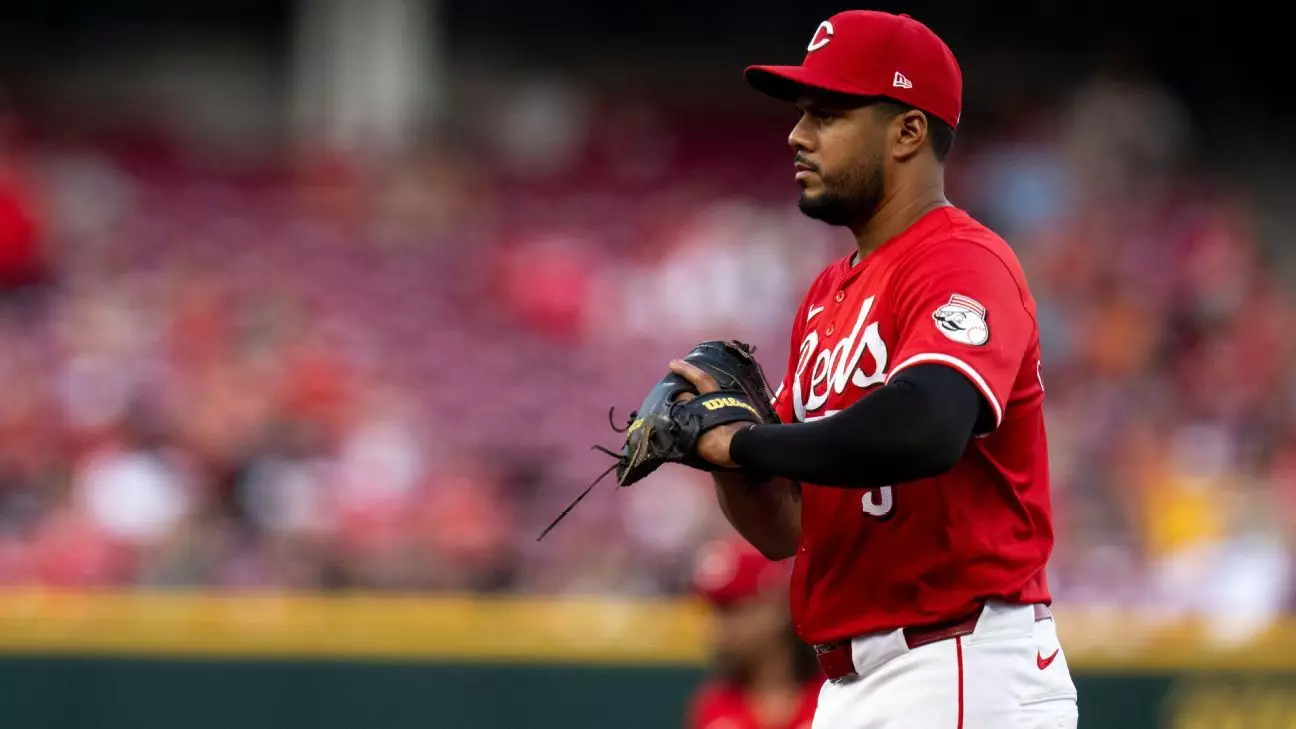In a surprising and somewhat contentious maneuver, the Cincinnati Reds reinstated infielder Jeimer Candelario from the injured list only to designate him for assignment shortly thereafter. This decision, especially given the relatively fresh three-year, $45 million contract signed just last offseason, raises eyebrows and warrants a closer examination of the team’s strategy. By opting to let go of a veteran player at this stage in the season, Reds management is signaling a shift in focus toward building a more competitive lineup, albeit at the cost of a significant financial investment.
Weighing the Financial vs. Performance Metrics
The rationale provided by Nick Krall, the Reds’ president of baseball operations, illustrates a crucial point in modern baseball management: performance trumps financial commitment. Citing a “sunk cost,” Krall emphasized the importance of fielding a competitive team, rather than simply sticking with a high-priced player who had clearly faltered. Candelario’s statistics paint a stark picture of decline; hitting a meager .113 with two home runs and 13 RBIs over 22 games prior to his stint on the injured list effectively confirmed the team’s desperate need for a fresh direction.
Despite a lengthy rehabilitation process where Candelario managed only a slight uptick to .238 in the minors, the Reds were evidently no longer convinced he could be a difference-maker. The league is becoming increasingly acute in analyzing not just how much a player is paid but how effectively they contribute to team success.
Shifting Gears: The New Infield Composition
This decisive move also aligns with the Reds’ new focus on a younger, more dynamic infield lineup. With the emergence of promising talents like Christian Encarnacion-Strand, Noelvi Marte, and Spencer Steer, the team is laid bare for a generational transition. Their performances indicate a refreshing adaptability that can complement the team’s evolving identity. It raises the question of whether established players like Candelario can still hold value in a league that increasingly values youth and agility over experience.
What’s particularly commendable about the Reds’ approach is their willingness to pivot swiftly when initiatives don’t yield results. Despite Candelario’s previous success, which included a successful previous season with 20 home runs and a Q&A statistic that left fans optimistic, the lack of consistency this year was a definitive cause for reevaluation.
The Broader Implication for Player Contracts and Team Strategy
The decision to designate Candelario for assignment travels beyond mere roster machinations; it serves as an insight into the evolving landscape of player contracts in Major League Baseball. More than ever, teams are reassessing what it means to invest in talent. A performance-based mindset is shaping the strategies of many franchises, and the Reds’ actions underscore that sentiment. Teams are increasingly willing to sideline high-salary players who are underperforming in favor of those who can produce with lower salary demands.
As the Reds march forward, their vision for the future not only reflects a commitment to winning but also a robust understanding of the economic realities of sport in 2023. Balancing finances and performance remains an intricate dance, but Cincinnati seems poised to lead the charge towards a more competitive chapter—one in which every player on the field represents not just a financial investment but a strategic asset.


Leave a Reply